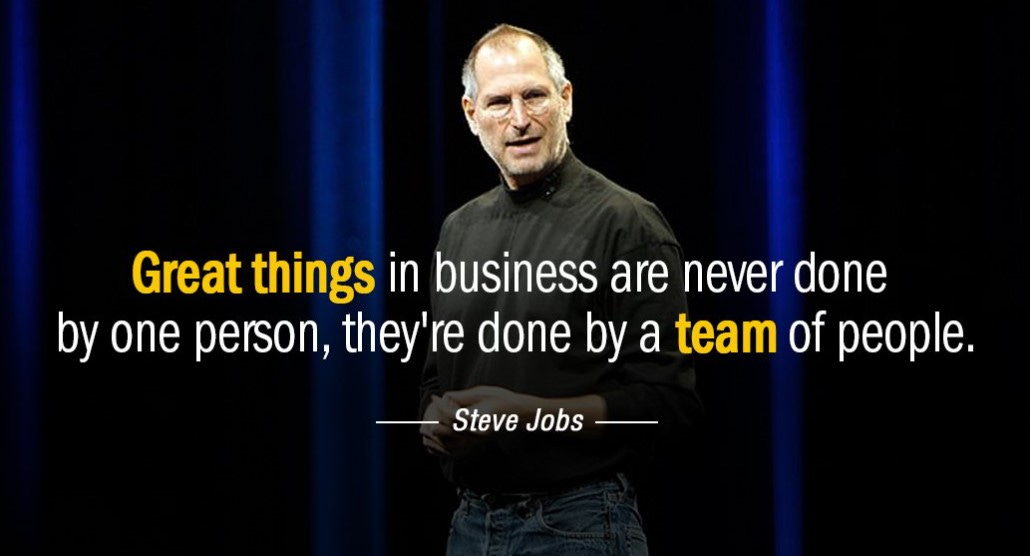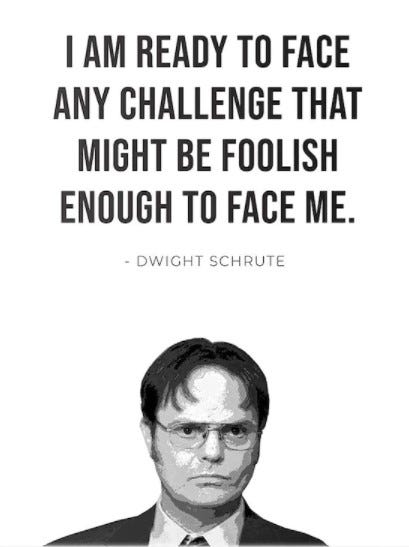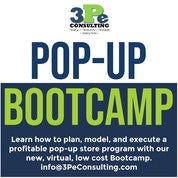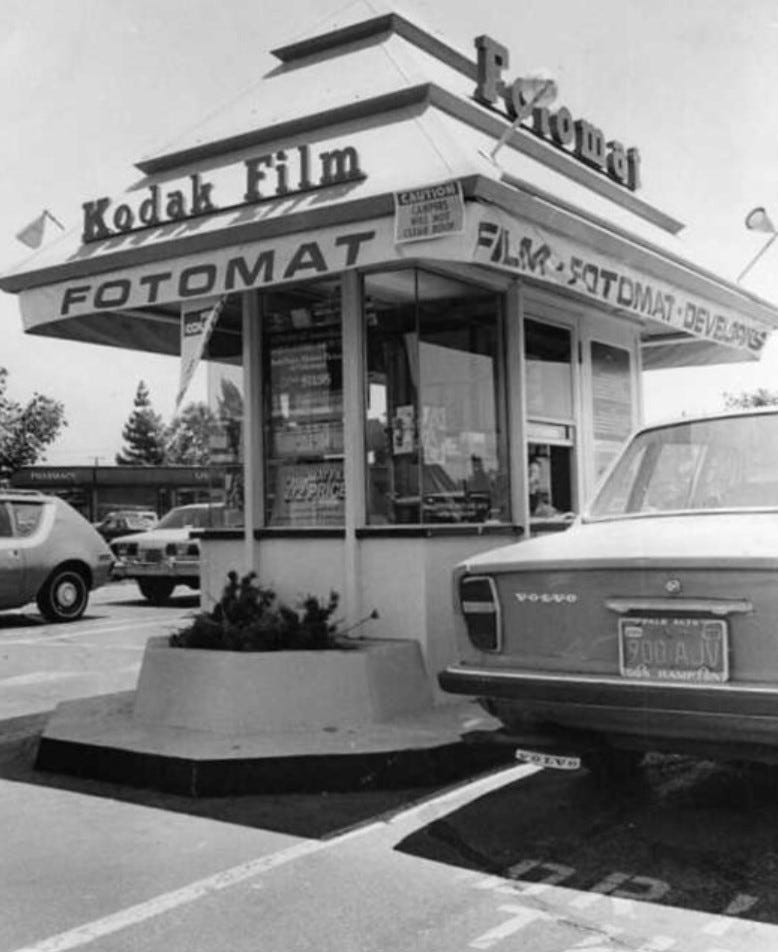From Worst to First; A Retail Case Study
People are the fuel for every business. With excellent leadership, they can propel you from worst to first! Here's a real-life example.
I know, I keep writing about people. But the subject is so very important. Today’s issue is a bit different as it’s a story that comes from my past. Hopefully, you agree that it’s filled with lessons and actions that will add value to most businesses right now. Please let me know if you enjoy this format.
If you are loving our content, please click below to share All Things Retail with your co-workers and friends:
If you have not subscribed yet, you can here:
From Worst to First; A Retail Case-Study
As we get closer and closer to the holiday season, staffing challenges continue to loom large as a risk to Q4 sales and profits. How do I define these challenges?
Difficulty in hiring to fill open positions.
Employees quitting, often on short notice.
Lack of engagement and motivation.
Settling for less qualified candidates when hiring (the “warm body syndrome”).
Concern about how to best lead associates in such a tenuous environment (“don’t upset anyone; we can’t afford it if they quit”).
These issues are very real and will likely become more pronounced as we get later into the year. As a retailer, if you are not actively working to counter these challenges, you had better get going. Your people are the fuel that drives your business engine, and I’m confident you don’t want to run out of gas at the busiest time of the year. But please remember, people can and will step up to meet your needs when led properly!
In past issues, I have written about 10 Ways to Stop the Retail Employee Exodus and Two Steps for Turning Retail "Employees" into "Team Members". I’d suggest reviewing them both as they were based on many years of experience. The suggestions they contain do work when implemented effectively.
This week, I want to add to the suggestions contained in these previous issues by telling a story. I have found that by providing examples of how various tools and tactics work in real life, they tend to resonate better. This tale is a bit old, but it is clear as could be in my mind (because of the lessons learned and the results attained), and it is as applicable today as it was way back when. Promise!
Long ago and far away, early in my retail career, I was a store manager for Kay-Bee Toys. I was running my second store and enjoying some nice successes. Hard work and producing results for the business resulted in being promoted to a District Manager role. My responsibilities would shift from a single location to a geographically diverse district, consisting of 7 stores initially (which grew to 10 over time) located from Milwaukee to Green Bay and all the way over to Iowa.
The district I was inheriting had been very challenged. Sales had declined for the two prior years. Store conditions, from cleanliness to merchandising, inventory levels, shrink, staffing, and guest service, were poor. Morale was non-existent. Fixing this district would not be easy. In fact, my Regional Manager suggested that most, if not all, store managers needed to be replaced. I had yet to meet any of these store “leaders”, and therefore agreed with his suggestion. I added one caveat. I needed a short period of time to determine if any of these individuals could improve and perform at or above expected levels.
Let’s cut to the end. I served in this District Manager role for just over two years. Here is what the team accomplished in that 24+ month period:
In year one, we achieved the best district comparable store sales increase in the entire chain, which consisted of about 70 districts.
In year two, we achieved the best two-year district comparable store sales increase in the entire chain, which consisted of about 70 districts.
We opened 3 additional stores, very successfully, in a previously challenged market.
Finally, and most importantly, we achieved these results without firing a single store manager that I had inherited two years earlier. In fact, one of those store managers was promoted to replace me as DM when I moved into a regional manager role.
This last point is the key to my story. Seven managers, all who were failing in their roles, not only fixed their businesses, but performed as well, if not better, than any other store leaders in a chain of nearly 600 locations. An unforgettable performance. Each of them did the hard work while I simply provided the roadmap for them to move from failure to success.
This type of a roadmap can work for your business as well. It can improve the engagement of your associates and therefore their performance. It will encourage loyalty and build a sense of “team”. It will challenge them, but in a positive way, and it will reward success. It will make work fun.
Let’s dig into what my roadmap included!
Develop the Plan: There were a ton of things that needed to be addressed. If we tried to work on all of them at once nothing would have been accomplished. I had to prioritize the plan, moving deliverables that would theoretically contribute the most to store-level sales and earnings to the top of the list. My plan covered a full 12 months but I would delegate it in smaller chunks. I knew this was critical, as trying to “boil the ocean” never works. The plan would need to be adjusted from time to time but I wanted a clear roadmap to success documented for my own leadership purposes.
Communicate Roles & Responsibilities: Before communicating the detailed plan, I sat with each manager individually to explain their role, responsibilities, and accountabilities in leading their store. I gave them the benefit of the doubt that these expectations had never been properly reviewed with them. My goal was to create a culture of “looking forward and focusing on what we could control” rather than wallowing in the issues of the past. That said, I did take this opportunity to discuss how disappointing the results of the prior two years were, and how they will be unacceptable going forward. I did not personalize this or point fingers, but I did make it clear as a team we needed to fix the business, and as the store manager, they needed to lead their team to achieve that goal.
Review the Plan: While I had developed a 12-month plan and related goals, I did not want to overwhelm any of the managers. So, while I reviewed the high-level annual goals with each manager (sales up by X; shrink down to Y; etc.), I fed them the specific deliverables only for the next 60 days (which, remember, were at top of my priority list). I reviewed each deliverable in detail and ensured we could measure results. I also made it clear that success would be judged by the numbers (results) and not by effort alone. I needed to eliminate the “I tried my best” mentality.
Team Review: No manager can run their business alone, never mind fix it. So, I needed to understand the quality of each store team, from the assistant managers all the way to the 8-hour per week part-time associate. Everyone would need to contribute to improving our results, and I wanted our managers to fully understand this. We discussed each individual and tried to determine if they could and would support our new ways of doing business. Typically, the managers defaulted to supporting the employees (perhaps because they had hired them, they were afraid of conflict in addressing issues, or they didn’t want to go through the challenges of replacing them). While I challenged some perspectives initially, I could not push back aggressively as I hadn’t yet met the staff. But I did make it clear as to my expectations of each associate, as well as how the manager should engage with them to explain our new direction. I encouraged them to make my expectations their expectations, as they needed to take the lead in their store.
“How To” Not Just “What To”: It’s pretty easy to explain what needs to be accomplished. But I knew I had to teach the managers how to accomplish these deliverables. I used a zero-based perspective, thinking they had little understanding of “how to”. I didn’t want to leave anything to chance. We spent a lot of time on hiring, training, setting expectations, delegating, follow-up, time management, daily routines, tracking results daily (hourly with sales), and much more. This was certainly not a one-time effort; it became our way of life. But at the outset, I needed to lay all these things out to understand the reactions and understanding of and by each manager. I also stressed the need for ongoing and open communication (no “stupid” questions, share bad news as well as good news, etc.).
Get a Commitment: I had shared a ton of information, goals, to-do’s and more with each manager. Although I worked hard to ensure it was not overwhelming, some could take it that way. So, I asked for honest feedback on the spot. Is this something you can embrace? Are you willing to work hard and smart enough to execute this plan? Do you believe you can develop and lead your team to achieve the results we need? Do you commit to playing a key role in our district turnaround? I knew the initial reaction may not be the same as it would couple of months into the effort, but I wanted to read each managers mindset at the outset. Any hesitancy would have been a red flag, but none existed.
Daily Follow-up and Support: Our initial discussions would do little to fix the business by itself. We needed to make our new way of doing business a part of the daily business and culture. For this to occur, I needed to lead the effort. I engaged with every single manager daily, asking how sales were, reviewing their daily priorities, reviewing successes and issues, chatting about team performance, discussing scheduling, planning out expectations for the next few days. I did this not only to reinforce the things discussed in our initial conversations, but also as a training tool for our store leaders. I typically asked, “what are the priorities for the next few days?” (or similar), rather than telling them. The idea was to make them think and provide feedback based on their decisions. Much of this was done in-person but phone calls were better than no communication. After a couple of months, as the leadership team improved, this daily communication was scaled back to 2-4 times per week, based on the individual.
Talk to the Team: While I expected each manager to lead their team, I still needed to get to know every associate. I wanted to share our goals and progress with them, praise them as appropriate, and in general support the store leaders in truly building teams. I never went into a store without chatting with each employee working that day. When I called a store, I engaged with whomever answered the phone. I always encouraged two-way communication and asked a lot of questions. I’d guess that 75% of each interaction was the team member talking and me listening carefully. The value of building these relationships was immense, for the associate, for the team, and for me.
There were lots of moving parts imbedded in our effort, but those above were the basis for our success. I certainly had to re-train managers from time to time, as they had to do with their team. There were plenty of issues encountered along the way, and while each store leader kept their job and ultimately excelled, some employees, but not many, had to go. I kept feeding out new deliverables in small chunks, covering 60-day windows, a tactic that worked well. We all shared the same goals, plans, ways of doing business, celebrations of successes large and small, and the standard greeting “how are sales?”.
The results improved quickly and dramatically, and the team fed off that. After one year, our comp sales increase was #1 in the chain. But people whispered that weak results the prior year led to that. So, we took on the challenge, and did the same thing in year two! The results were clear. And the reason for those results was also clear. We were able to take a bunch of random people and turn them into a true team! It’s all about your people!
Retail News & Happenings
CSA Exclusive: More sales are happening in-store
Some Companies Rip Off Products. Target Imitates Entire Brands
7 Tactics to Increase Customer Lifetime Value [Infographic]
3 Questions to Help Your Team Solve Problems
15 Tools to Protect Content from Theft, Plagiarism
What’s Behind Big Tech’s Rush to Launch AR Products For Retail Brands?
The Key To Retail Success? Embracing Technology
Sponsored Content
Interested in Learning How to Use Pop-Up Shops to Grow Your Business?
At 3pe Consulting, we are experts in the Pop-Up business. Having planned and opened over 1,200 Pop-Up locations, our real-life expertise is unequaled. In fact, we led the creation and growth of the Toys “R” Us Pop-Up Store program, which grew from 0 to over 600 stores and $200 million in sales within 18 months!
Our Virtual Pop-Up Store Bootcamp covers the basics of the pop-up model, real estate selection, and best practices in an interactive, 90-minute Zoom group meeting. This initial session is followed up by 2 one-on-one 30 minute calls to review the specific needs, questions, status, and concerns of each attendee. The cost is a fraction of what our in-person Bootcamp charges.
We have several dates and times still available. Click below to learn more!
Learn More About Our Pop-Up Bootcamp
3Pe Consulting’s Bootcamp is sponsored by Popable™, the Pop-up Marketplace where brands and spaces come together to do more pop-ups. Your next pop-up shop is just a click away! Click here to learn more about Popable.
Cool Pics:
Quotes of the Week:
“The greatest leader is not necessarily the one who does the greatest things. He is the one that gets the people to do the greatest things.” – Ronald Reagan, former U.S. President
“To lead people, walk beside them. As for the best leaders, the people do not notice their existence … When the best leader’s work is done, the people say, ‘We did it ourselves!'” – Lao Tzu, Chinese philosopher











